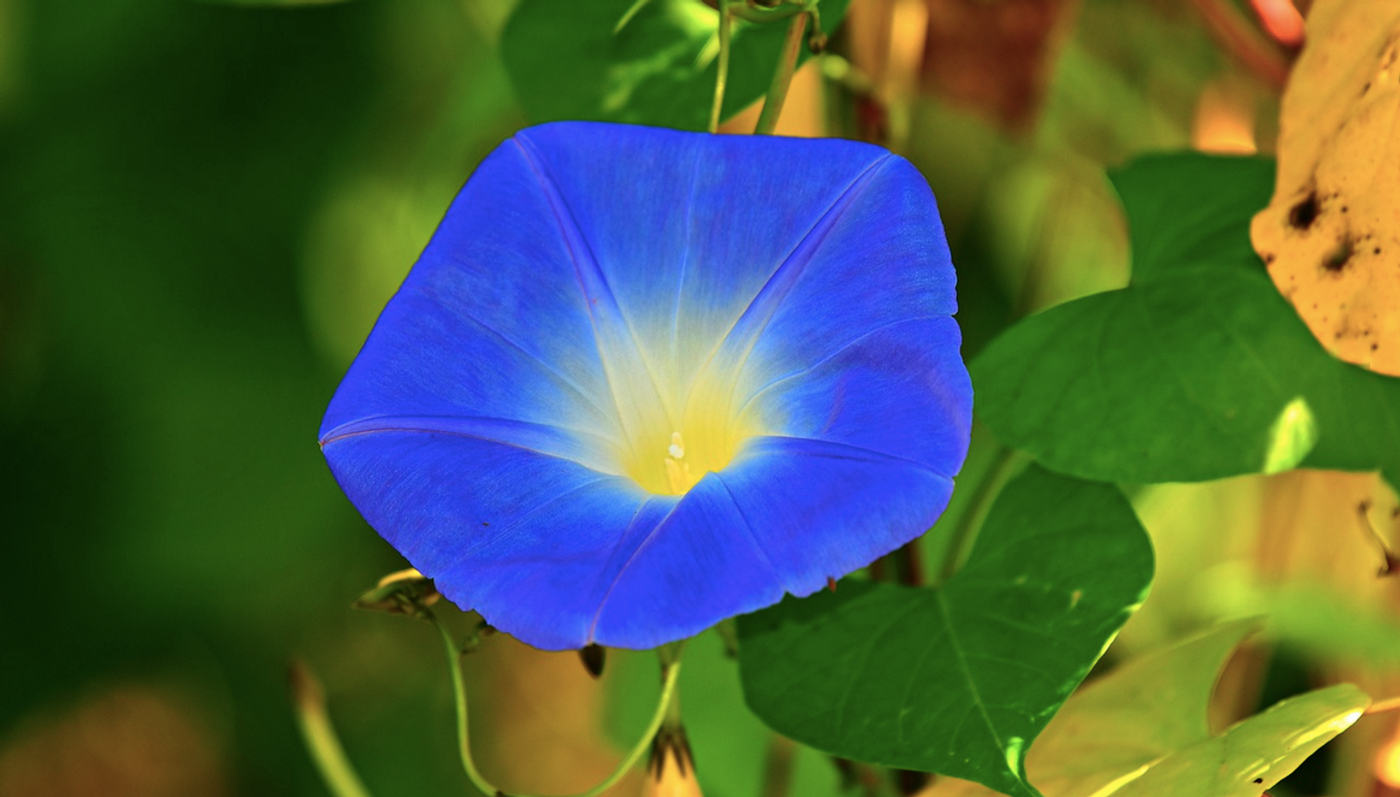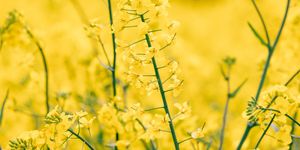Symbiotes Spark the Production of Psychedelics in These Flowers
Morning glory is a name for about 1,000 flowers that are in the Convolvulaceae family. These common flowers are so-named because their flowers only bloom in the morning. They grow commonly in tropical areas. A new study reported in Communications Biology has suggested that a symbiotic fungus, Periglandula, seem to help some of these flowers produce compounds called ergot alkaloids in their seeds.
Ergot alkaloids have long been known to exert psychoactive effects. Some ergot alkaloids are toxic, while others have medicinal properties. Ergot alkaloids have been used in the treatment of migraine headaches, abnormally high prolactin levels and Parkinson's disease. The psychedelic drug LSD, lysergic acid diethylamide, is probably the most famous ergot alkaloid derivative. When a lot of ergot fungus has been accidentally consumed by people, it has led to outbreaks of a disorder known as ergotism or St. Anthony's fire, which causes convulsions, cramping, and disorientation. The earliest authenticated reports of ergot's effects appear in Chinese writings from about 1100 BCE.
These bioactive compounds hold tremendous potential for the treatment of various physical or mental disorders. Some indigenous groups have used them as a medicine. They may simply encourage well-being as well, noted plant and fungal biologist Keith Clay, chairman of the Tulane Department of Ecology and Evolutionary Biology.
In this study, samples of morning glory seeds were obtained from herbarium collections all over the world. The researchers analyzed the seeds to identify ergot alkaloids that may have been present. Many species of morning glory flowers contain high levels of bioactive ergot alkaloids. Those compounds are generated by fungi that grow in symbiosis with the flower, and are even passed down to offspring from a mother plant through their seeds.
Over 200 species of morning glory were tested in this study, and about a quarter of them were found to contain ergot alkaloids, which the researchers said indicated the presence of symbiosis.
"The symbiosis and ergot alkaloids are specific to particular branches of the morning glory evolutionary tree, and each branch contains different ergot alkaloids and alkaloid mixtures," Clay said.
"Our study is the first to show how highly coevolved morning glories and their symbiotic fungi are, and that coevolution is manifested by different mixtures and concentrations of ergot alkaloids across the morning glory evolutionary tree."
Sources: Tulane University, Communications Biology









